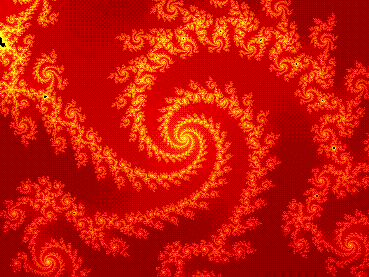Chaos Vs. Order

Today I was lucky enough to run across a copy of James Gleick's Chaos and its easier to understand sibling The Turbulent Mirror at a local used bookstore. A few years ago I got to read the latter and fell in love with chaos mathematics and fractaline geometry. Now Turbulent Mirror is required reading for all my friends and significant others. The other two books that I picked up today complete the rubric for today's science lesson. One was Endless Forms Most Beautiful and the other was Bioinformatics for Dummies (I love that title).
Here's the link I want to draw between the subjects that these books put forth.
- Fractals produce objects with self similarities at different magnifications and fractional dimensions. What I mean by this is they produce structures of massive complexity from very little original information.
- Information, such as the information encoded in DNA, gets played out in the real world into organic objects. Trees are a perfect example. Nearly every structure in a tree can be described in terms of a fractal. This can be extended to mammalian organs, nervous systems, etc.
- When you stick a bunch of fractal structures next to each other and let them inhibit each other on contact, they can sit there and form a beautiful, flowing, self-sustaining, chaotic system.
- We are those systems and if you study fractals, chaotic systems, and embryology you can really see some neat connections.



0 Comments:
Post a Comment
<< Home